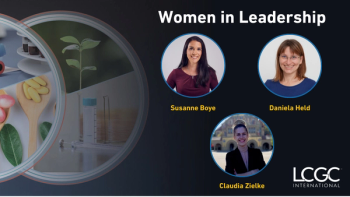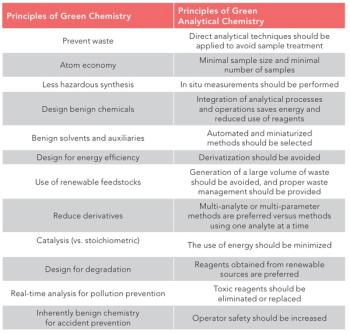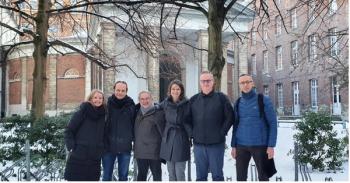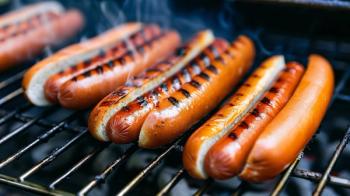
Scientists from Taiwan Develop Compatible Method for DLLME with Reversed-Phase HPLC
Scientists from Taiwan have developed a method for dispersive liquid-liquid microextraction of ionisable compounds that renders it compatible with reversed-phase HPLC by combining it with in-syringe back extraction. The new system was demonstrated with the removal of the drug clenbuterol from water.
Scientists from Taiwan have developed a method for dispersive liquid-liquid microextraction (DLLME) of ionisable compounds that renders it compatible with reversed-phase HPLC by combining it with in-syringe back extraction. Ming-Ren Fuh and Mahaveer Melwanki from Soochow University in Taipei introduced in-syringe extraction as the final step to produce an analyte solution suitable for HPLC. They illustrated the technique with the extraction of clenbuterol from water. Fuh and Melwanki regard the speed of this combined extraction process to be the major advantage, the longest step being centrifuging the sample to collect the droplets of dispersed solvent.
Newsletter
Join the global community of analytical scientists who trust LCGC for insights on the latest techniques, trends, and expert solutions in chromatography.




